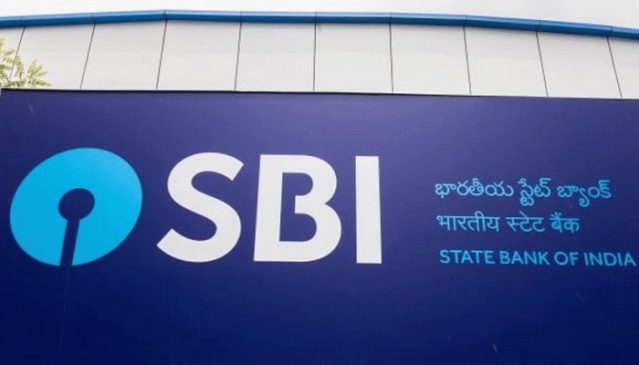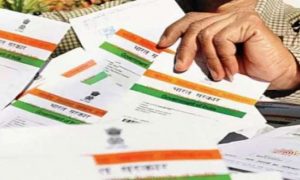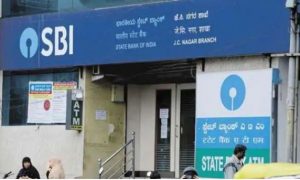SBI says users can now conveniently transact without any additional charges using USSD services
State Bank of India (SBI), the country’s largest lender, has said it has waived off SMS charges on mobile fund transfers. Users can not conveniently transact without any additional charges using USSD (unstructured supplementary service data) services.
“SMS charges now waived off on mobile fund transfers! Users can now conveniently transact without any additional charges… Just dial *99# and avail banking services absolutely free. Specially for feature phone users,” the state-owned bank said in a tweet on Saturday.
Services that can be availed through the service include: sending money, requesting money, checking account balance, getting mini statement, and changing UPI PIN. “Users can now conveniently transact without any additional charges using USSD services,” SBI said.
USSD is a technology platform through which information can be transmitted through a GSM network on a basic phone. It is available on all `mobile phones with SMS facility.
USSD mobile banking can be used for fund transfers, checking account balance, generating bank statement, among other uses. Its objective is to allow financial inclusion of economically weaker sections and the underbanked. SBI’s decision will benefit consumers with feature phones who comprise more than 65 per cent of India’s over 1 billion mobile phone users.
Read More: EPS pensioners note! Generate, submit JPP life certificate in few steps using FaceRD app; here’s how
State Bank of India on Saturday evening also said, “We will be undertaking a technology upgrade in UPI between 23:30 hrs on 17-09-2022 to 2:00 hrs on 18-09-2022. During this period, services of UPI will not be available.”
According to SBI’s website, the bank has also raised its benchmark prime lending rate by 70 basis points. The latest rate is now 13.45 per cent and the revised rate is effective from September 15 (Thursday). The bank has also raised the base rate by similar basis points to 8.7 per cent.
The EMI amount for the borrowers who have taken loans at the base rate would go up. These are the old benchmarks on which banks used to disburse loans. Now, most banks provide loans on the external benchmark based lending rate (EBLR) or the repo-linked lending rate (RLLR).
The bank revises both the BPLR and the base rate on a quarterly basis. The lending rate revision by the SBI is likely to be followed by other banks in the days to come. The increase in the benchmark lending rates comes weeks ahead of the Reserve Bank of India’s (RBI) monetary policy meeting, which is again expected to hike rates to tame inflation.
Interest rates in the country are rising as the RBI’s Monetary Policy Committee has raised the key repo rate thrice in the past policy reviews. Following this, banks have also been hiking the rates for both loans and deposits. State Bank of India has also hiked its deposit rates and loan rates.





































